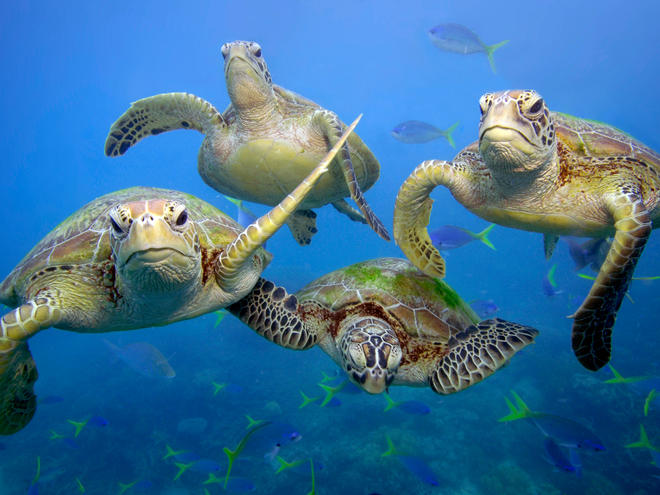Working together to save World Heritage Sites
Published by the World Wildlife Fund
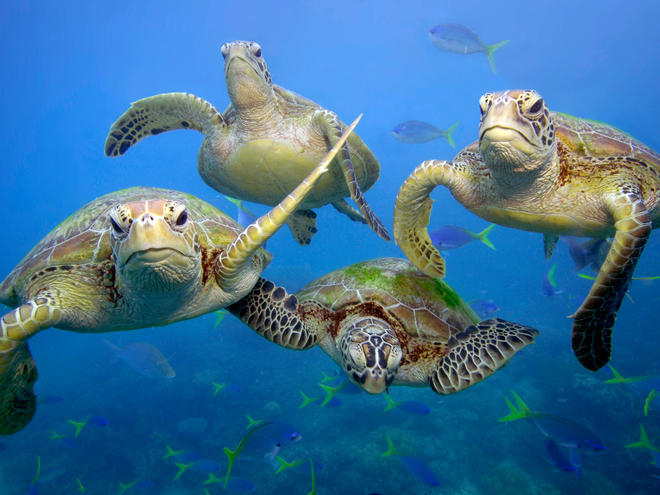
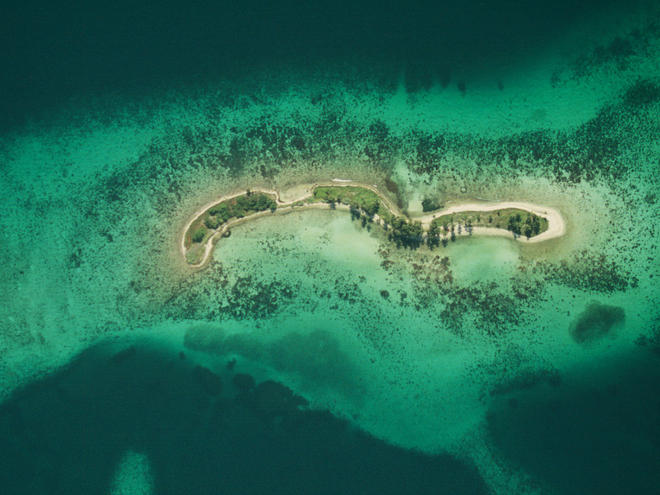

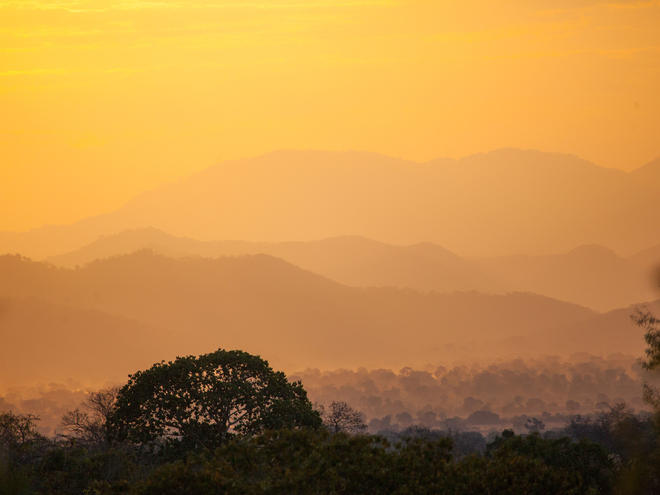

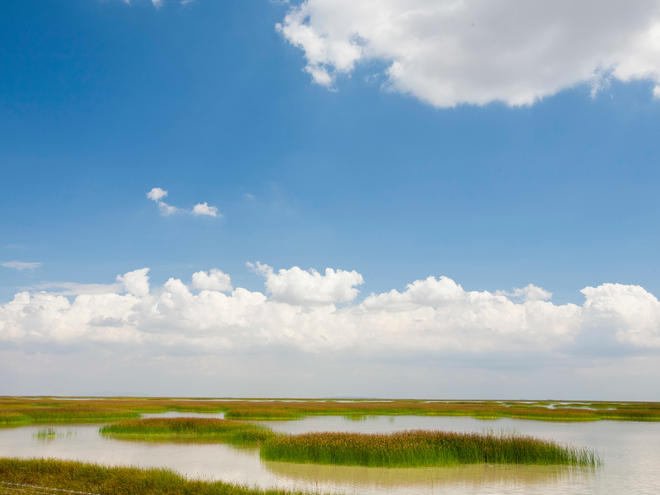

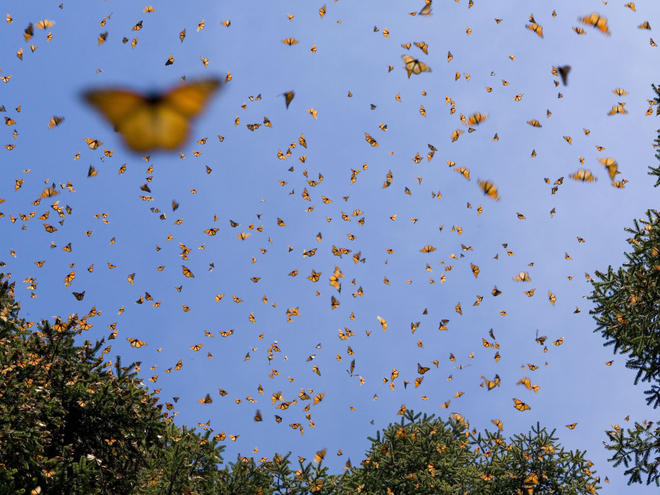
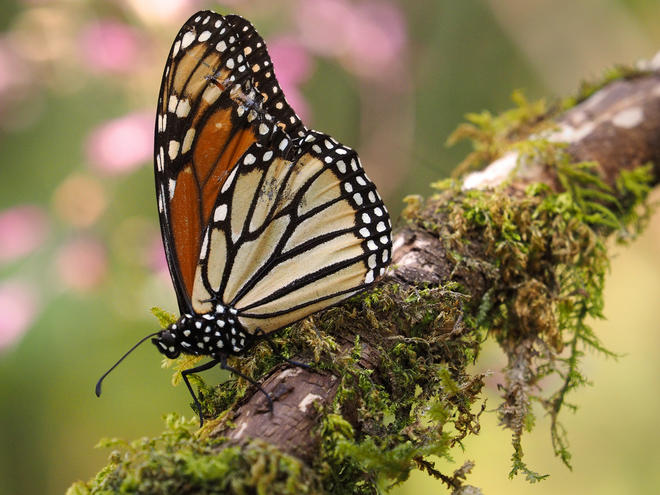
UNESCO World Heritage sites provide food, water, shelter and medicine to millions of people, contain ecosystems that are essential to many species and to the environment, and contribute to economic and social development. Yet nearly half of these sites are threatened by harmful industrial activities.
On World Heritage Day, we’re highlighting some of the incredible sites that WWF is working to save. These sites belong to all of us, and together we can protect them for wildlife and people around the world.
Belize Barrier Reef Reserve System
The Belize Barrier Reef Reserve System is home to over 1,400 species, from the loggerhead turtle to the West Indian manatee. Vibrant corals abound, and aquatic animals shelter their young in the mangrove forests. Both people and wildlife depend on this magnificent reef for protection and income. It was inscribed as a UNESCO World Heritage Site in 1996, and is made up of seven protected areas, including the Blue Hole Natural Monument and Laughing Bird Caye National Park.
Mangrove forests: Mangrove forests along Belize’s shoreline have an amazing capacity to store carbon, and they might be one of nature’s best defenses against a changing climate. They constitute some of the most dynamic and biologically complex ecosystems on Earth. They keep systems healthy and protect resources—from fisheries to firewood—that support human populations. Unfortunately, more than 35% of the world’s mangroves are already gone. Protecting Belize’s Barrier Reef means protecting these valuable mangrove forests.
Livelihoods: Nearly 200,000 Belizeans are estimated to rely on the Belize barrier reef for their livelihoods. Fifteen percent of the country’s gross domestic product comes from the reef—including about $15 million from the commercial fishing industry and about $200 million from tourism activities, like scuba diving in the Blue Hole Monument. Coral reefs and mangroves also provide protection against storm surges, hurricanes, and erosion, saving Belize up to $350 million per year in avoided damage.
Under threat: In 2009, UNESCO placed the Belize Barrier Reef Reserve System on the List of World Heritage in Danger. Ecosystems in the system have already been damaged by coastal construction, and potential oil drilling poses a major threat. These harmful industrial activities would impact Belize’s economy, natural resources, and the species that live in the reef system. With your help, we can protect this World Heritage site. Take action now to save this incredible place.
Selous Game Reserve
Selous Game Reserve, one of Africa’s oldest reserves and Tanzania’s largest protected area, is also the only site in southern Tanzania to have been awarded World Heritage status. Selous is filled with a variety of wildlife including African elephants, black rhinoceroses, hippopotamuses, giraffes, African wild dogs, and cheetahs. Tourists come from all over the world to see the animals.
Elephant poaching: Rampant ivory poaching has reduced the elephant population in Selous by 90% in less than 40 years. Almost 110,000 elephants used to roam the reserve, but only 15,000 elephants remain. Industrial projects have made it easier for poachers to access the park and to traffic illegal ivory. There are strong moral and ethical arguments for conserving elephants, but investing in elephant conservation is a good economic decision, too. African countries lose approximately $25 million annually in tourism revenue due to current levels of elephant poaching.
Supporting rangers: Rangers are vital in the effort to protect World Heritage Sites like Selous Game Reserve. Poachers threaten the safety of rangers on the front lines of conservation. They work tirelessly to watch over some of the most endangered wildlife on the planet, sometimes risking their lives. Rangers across Africa say they need better training and equipment to prevent the rampant poaching, as well as the respect and support of their governments, and enforcement of national laws against poaching.
Protecting the reserve: Selous Game Reserve holds enormous environmental, social, and economic value. Along with industrial level poaching, Selous faces threats from mining, oil and gas exploration, and dam construction. In addition to putting an end to wildlife crime, WWF is calling for an assessment of the impacts of these proposed industrial activities, and investment in environmentally friendly tourism that will benefit nearby communities. Let’s work together to protect Selous. Tell the Tanzanian government to strengthen its wildlife management and protect both the reserve and surrounding areas.
Doñana National Park
World Heritage Site Doñana National Park, located in Spain, where the Guadalquivir River reaches the Atlantic Ocean, is considered one of the most valuable wetlands in Europe. Doñana is a haven for millions of migratory birds on their journey between Europe and Africa. It is also home to many threatened species like the imperial eagle and Iberian lynx, and provides important local and global ecosystem services.
Ecosystem services: The diversity of Doñana’s ecosystems provides habitats for up to 6 million migratory birds each year. It is home to over 4,000 species, and 75% of European bird types can be found here. As a wetland, Doñana also provides air and water purification, water regulation, and soil fertilization services. It acts as a net carbon sink, removing carbon from the atmosphere, helping to mitigate the effects of climate change. Wetlands also provide flood control, clean water, shoreline and storm protection, materials, medicines, and vital habitat.
Under threat: Doñana also plays a vital role in Spain’s economy, providing for the well-being of 170,000 people living nearby. As destruction of Doñana continues, fishers are seeing a reduction in their catches, and fewer tourists are visiting. National laws should ensure that Doñana is protected. However, illegal wells and farms, proposed mining and gas projects, and dredging of the Guadalquivir River are all endangering Doñana.
Protecting wetlands: It is speculated that upward of half of the world’s wetlands have disappeared since 1900, despite their value to the human population. WWF is working to conserve and protect these valuable habitats. UNESCO has stated that oil, gas and mining exploitation are incompatible with World Heritage status, but Spain continues to pursue perilous gas and mining projects near the site. Doñana would be the first European Union site to be placed on UNESCO’s List of World Heritage in Danger. Tell the President of Spain to close the illegal wells and farms and to protect the Doñana World Heritage Site.
Monarch Butterfly Biosphere Reserve
The Monarch Butterfly Biosphere Reserve in Mexico, 139,000-acre World Heritage Site, protects the monarch butterflies’ wintering habitats. Flying 1,200 to 2,800 miles over the course of two months, monarchs leave their summer breeding areas in Southeast Canada and Northeast United States to hibernate in the forests of central Mexico. These same butterflies will return to the US at the beginning of Spring, and the next 2 to 4 generations will continue the migration North.
A long journey: Monarchs exhibit the most highly evolved migration pattern of any known species of butterfly or moth. Their scientific name, Danaus plexippus, means “sleepy transformation” in Greek, which evokes the species’ ability to hibernate and metamorphize. Unfortunately, the migratory monarch butterflies have been on the decline for decades. Milkweed, where monarchs lay their eggs and the source of food for baby caterpillars, is disappearing due to herbicide use and land conversion. Illegal logging in Mexico still threatens their winter habitat, and climate change in Canada, the US, and Mexico is an additional threat to these delicate but amazing butterflies.
Preserving habitat: More than 150,000 tourists visit the Monarch Butterfly Biosphere Reserve every year. This phenomenon is a magnificent site to behold: the trees hum with the sound of their wings, and the branches are covered in the delicate butterflies. The same forests that these butterflies migrate to are also inhabited by communities that rely on the forest and its resources for survival. WWF works to preserve the habitat by promoting good forest management, sustainable tourism, and sustainable projects that provide additional economic benefits to local communities.
Saving monarchs: The latest survey conducted at the reserve reminds us how much these butterflies need our protection. The area occupied by the butterfly colonies has decreased 27% compared to last year’s survey. This reduction was probably caused by storms and cold weather last year. While monarchs benefit from the reserve, they also need protected food and habitat during their migration through Canada and the US. Sign up for the Monarch Squad and get the latest on what you can do to help save the monarch butterfly.
Read the full article at: http://feedproxy.google.com/~r/WWFStories/~3/6VwMG-suMHc/working-together-to-save-world-heritage-sites

